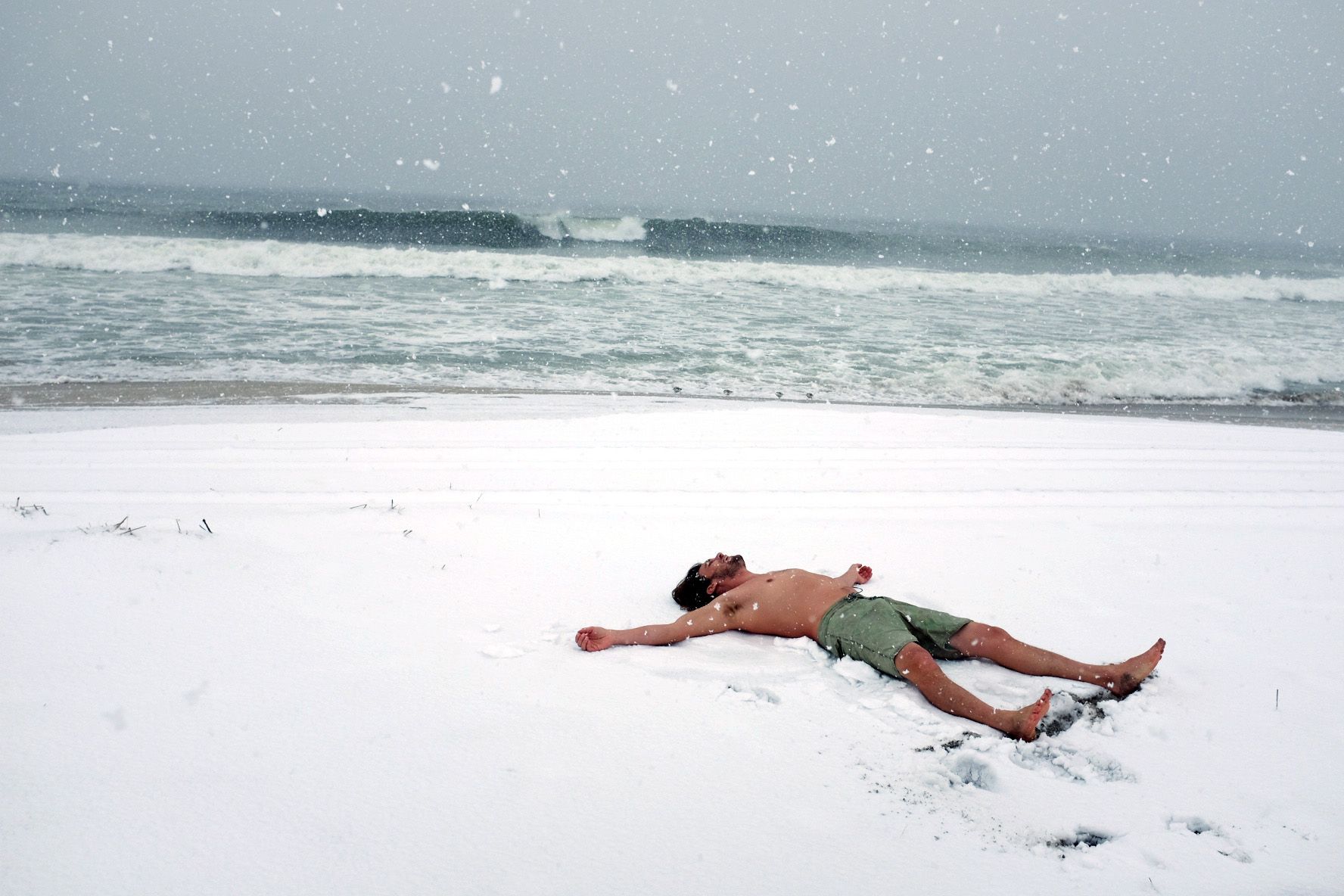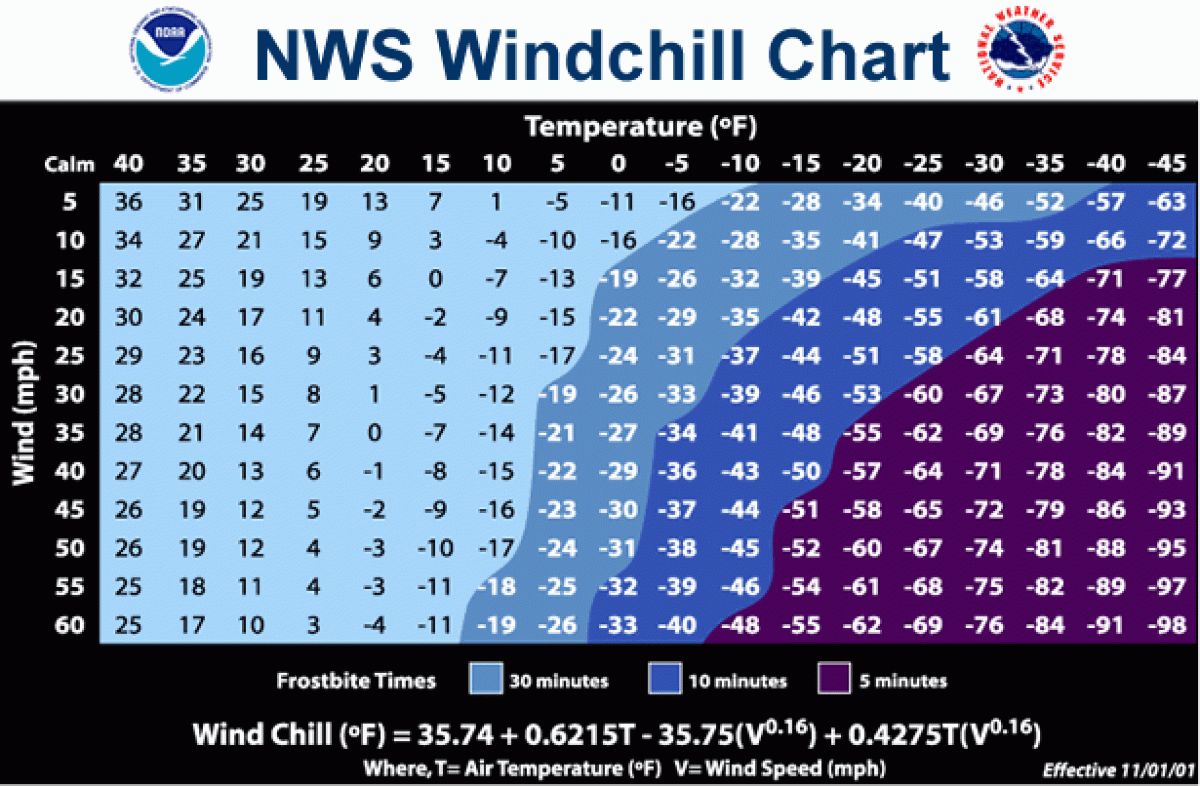
As frigid below-zero temperatures and even colder wind chill temperatures roll across much of the north-central portion of the United States the risk for frostbite and hypothermia are increasing.
It can take just minutes for a person to develop frostbite in the conditions present Tuesday and those conditions were expected to last until Thursday. Temperatures in some areas were as low as 30 below zero and with the wind chill factored in some areas were reaching a wind chill of nearly negative 60 degrees Fahrenheit.
What is wind chill?
Wind chill is a combination of the temperature and the wind and calculates how quickly the body loses heat. A chart provided by the National Weather Service can help those calculate the wind chill and see how long they can be outside before they risk developing frostbite. Wearing layers, limiting time outside and skin exposed to the elements and staying dry are all key to avoiding frostbite.

What is frostbite?
"Frostbite is a bodily injury caused by freezing that results in loss of feeling and color in affected areas," according to the Centers for Disease Control and Prevention. Areas that get poor circulation are most likely to be affected by frostbite like the fingers and toes, nose and ears.
Usually, frostbite develops on exposed skin and starts to appear white or "grayish-yellow," according to the CDC. Other signs of frostbite are if the skin feels numb or waxy looking. It can be difficult to feel because the skin and the nerves are frozen and numb.
How to treat frostbite:
Ideally, anyone with signs of frostbite would immediately be able to get medical attention. In the event that medical attention isn't immediately available, there are a few steps that should be taken to try and revive the skin.
First, the person should get indoors somewhere warm and should use warm water or body heat to warm the frostbitten area. Adding more layers and drinking warm liquids can help as well. Anyone with frostbite should avoid rubbing the areas or if it's on their feet, avoid walking.
Any sort of heat from water or a heater should be tested with non-affected skin to ensure that the frostbitten skin isn't burned. If the skin turns blue or gray, swells or develops blisters the frostbitten person should go to a hospital for medical care, according to the NWS.
Uncommon Knowledge
Newsweek is committed to challenging conventional wisdom and finding connections in the search for common ground.
Newsweek is committed to challenging conventional wisdom and finding connections in the search for common ground.
About the writer
Nina was a breaking news reporter. She previously worked at Business Insider, The Boston Globe, and Boston.com.
To read how Newsweek uses AI as a newsroom tool, Click here.








